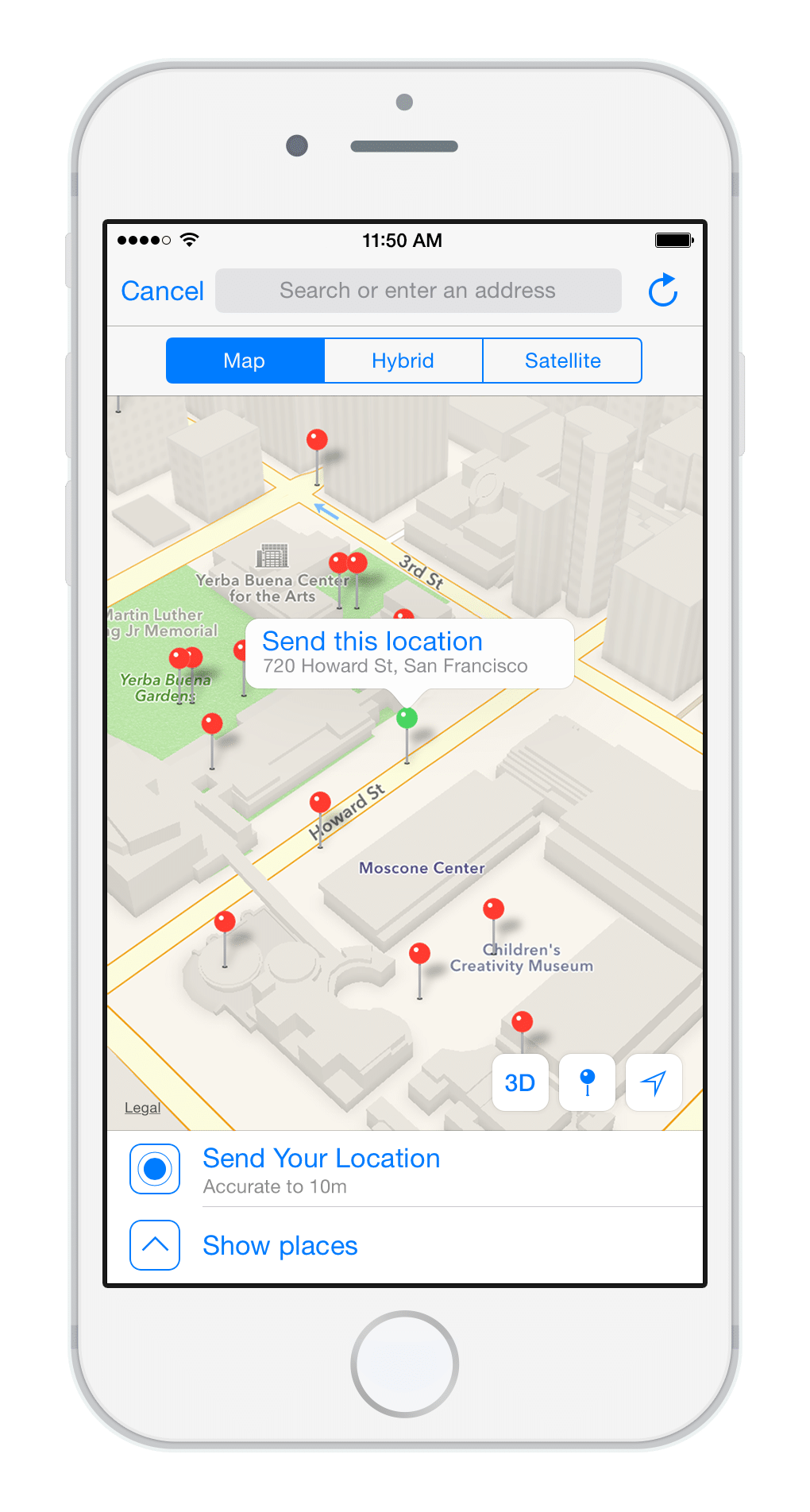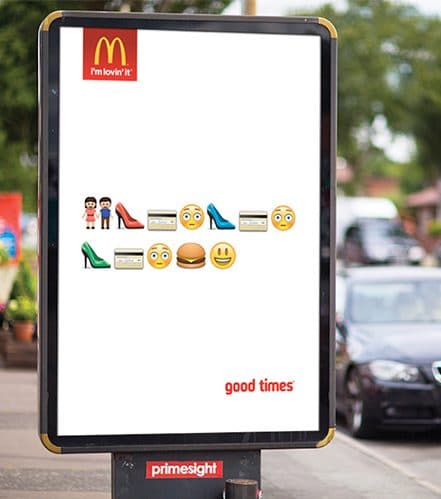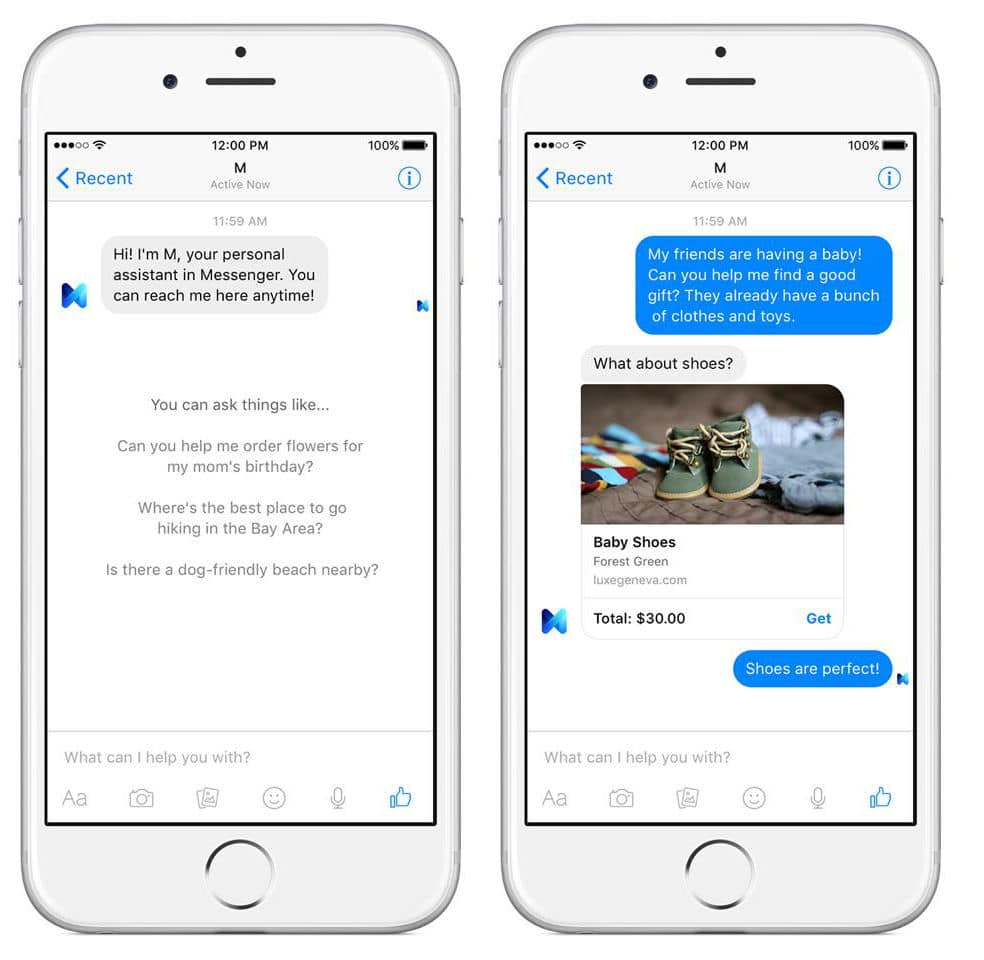Tone of voice is a crucial component of a brand’s identity. It includes various aspects of communication, such as the words used, the level of formality… Defining and implementing this part of its identity enables the company to unify the way it communicates.
With the growth of digital, the number of channels on which companies communicate in written form is increasing quickly. This strengthens the need to develop a consistent tone of voice. These new channels come with new norms: the way you communicate via messaging apps is not the same as emails.
In this article, we welcome 2 experts who are sharing their advice to help you define your tone of voice for messaging channels.

Digital and Social Customer Service Expert – Customer Service Culture

CEO & Co-Founder – Legein
Why adopt a different tone on Messaging apps?
One of the first questions that come to mind may be: why adopt a different tone on messaging apps? Actually, there are a few specifics about making these channels different from other ones:
- Mobile usage: messaging channels such as Facebook Messenger, WhatsApp and Apple Messages are mostly used on mobile devices. This means that customers send messages on the go, during micro-moments: in public transportation, in a waiting line, between meetings. They do so while switching between different apps: on average customers are using 9 different apps daily and 30 apps every month. The time spent on writing and reading messages is minimal, which explains why they are short and more direct than emails.

- Personal channels: customers use messaging every day to communicate with their peers. When doing so, they send short messages, use emojis, pictures, voice messages, and keep it informal. When talking with brands, they expect to have the same kind of experience, rather than facing constraints from traditional channels like ticketing systems or web forms.
- Short response time: messaging channels work with an asynchronous mode, meaning that it’s not necessary to provide instant answers. Thanks to notifications and conversation history, it is possible to send a message, do something else and reply after the answer is received. If both parties are available, it is also possible to have synchronous interactions. Response times are usually shorter, enabling a continuous conversation and getting the required information progressively rather than trying to get it all at once.
5 Tips to Adopt the Right Tone
1/ Make it conversational
With the advent of digital channels, we have entered the era of conversation, with messaging as the primary focus. Gartner says that conversational interfaces “enable interactions between companies and customers. They mimic human dialogue and do so at scale.” One of the major trends for businesses is the rise of conversational commerce, which allows customers to complete purchases within messaging apps.
On Messaging, companies should move away from robotic language to a more conversational tone - @jabrivard Click To Tweet
As mentioned before, the format of messages should be adapted to the norms of messaging apps: customers do not want to receive emails copied/pasted within a messaging app. Messages should be kept short and split into multiple blocks if they are long.
The conversational mode means that brands can get quick feedback, helping to send shorter messages. For example, instead of asking a long list of questions, they can send them progressively and adapt the flow to the customer’s answers.
😃 😠 😣 Your first chance to make a good impression is your only chance to make an impression 😃 😠 😣
1/3 of your customers will leave after just one bad experience! See how RingCentral contact center helped these 6 companies better serve their customers
2/ Take advantage of messaging rich features
A major advantage of messaging channels is the integration of features such as file sharing, live location, and voice messages. These are used in personal communications and also streamline customer interactions. For example, when a customer is faced with a product issue, they can easily send a picture, instead of describing it.
Another common request is to find the closest branch (of a retail store, bank, restaurant). Rather than trying to find the address where it is and type it, the customer can simply press the live location button. The agent will then suggest to them the closest brand’s location.

Messaging can display a welcome message (shown before the customer sends a request) or send automatic replies. These can be used to communicate the customer service opening hours or confirm the message reception, with the expected response time. These features help maintain the conversation and provide instant feedback.
On Messaging apps, providing complete information to customers without being long-winded is paramount - @PaoloFabrizio71 Click To Tweet
3/ Keep it aligned with the brand
While a less formal tone can be adopted on messaging channels, it should stay consistent with the brand identity. If a company is used to talking in a very formal way, but uses a very casual tone on messaging channels, it will be confusing for customers. For example, when talking to a bank or luxury brand via messaging: customers will appreciate having a conversation with less formalities (simpler sentences, shorter greetings…) than via email, but they still expect a certain level of formality. They would probably be surprised if these brands were talking to them as if they are friends.
A good practice for defining the tone, that applies to any channel, is to keep in mind the target audience. If a business is only talking to Millenials, it makes sense to talk the same language as them, using their first name and emojis for example. Some companies like McDonald’s are even developing this tone of voice in their advertising, by launching campaigns only based on emojis, to talk the same language as their target audience.

4/ Train agents to use the right tone
We cannot talk about the tone of voice without including the persons talking to customers via messaging: your agents. Digital channels involve written communication, meaning that the skills are different from the ones used on the phone. Before asking them to use the right tone, it is then essential to select agents with digital skills.
- Hiring digital specialists - checking candidates motivations as well as testing their emotional intelligence.
- Training them - providing guidelines / do’s & don'ts, yet empowering them to be proactive
Having helped many clients in this crucial process, I’ve decided to share my experience publishing the Digital Customer Service Personas©, the first framework designed to show what knowledge, capabilities and attitudes are necessary to master online support across three main clusters: messaging apps, social media and live chat.”
After defining the right tone of voice, the challenge is to implement it and train agents for it. As mentioned by Paolo Fabrizio, the training involves guidelines, but should also empower agents. The challenge is to find the right balance between this guidance and leaving some autonomy. With messaging channels, brands can build stronger relationships with customers thanks to more natural conversations. To do so, they need to avoid replicating some obsolete norms from traditional channels, making the experience unpleasant for customers.

Practice is essential to lift the brakes and ensure that agents adapt to the context of the conversation. Finally, managers must also be trained to be able to accompany agents and assess what is a good or bad conversation
5/ Create chatbots adopting your tone
Chatbots are an essential part of messaging channels: on Facebook Messenger alone, more than 300,000 chatbots are currently active.
Chatbots are still new for customers. To limit confusion and set the right expectations, brands should let the customer know when they are interacting with a chatbot. 59% of customers want chatbots to make it clear that they’re a bot. A common practice is to give it a name, and welcome the customer by a message like “Hi, I’m M, your personal assistant”.

During the chatbot implementation, it is important to keep in mind that customers will interact both with a chatbot and an agent within the same conversation. This means that the tone of both parties should be aligned to some extent. For example, if agents are using a casual tone, chatbots should adopt the same kind of language.
That means zero waiting time, no questions already asked to the customer and an aligned tone of voice. That will highly contribute to deliver excellent customer experiences: those positive emotions that we feel when we think about the brands we LOVE. Have great conversations!”
Conclusion
The rise of messaging for customer service requires companies to implement a number of changes to their strategy. These channels are a great opportunity to reinforce the relationship with customers, by being better aligned with their daily habits. Rather than replicating processes from other channels, companies can take advantage of messaging specificities to maximize customer satisfaction and create more personal conversations.
Originally published Feb 06, 2020, updated Jan 25, 2022






